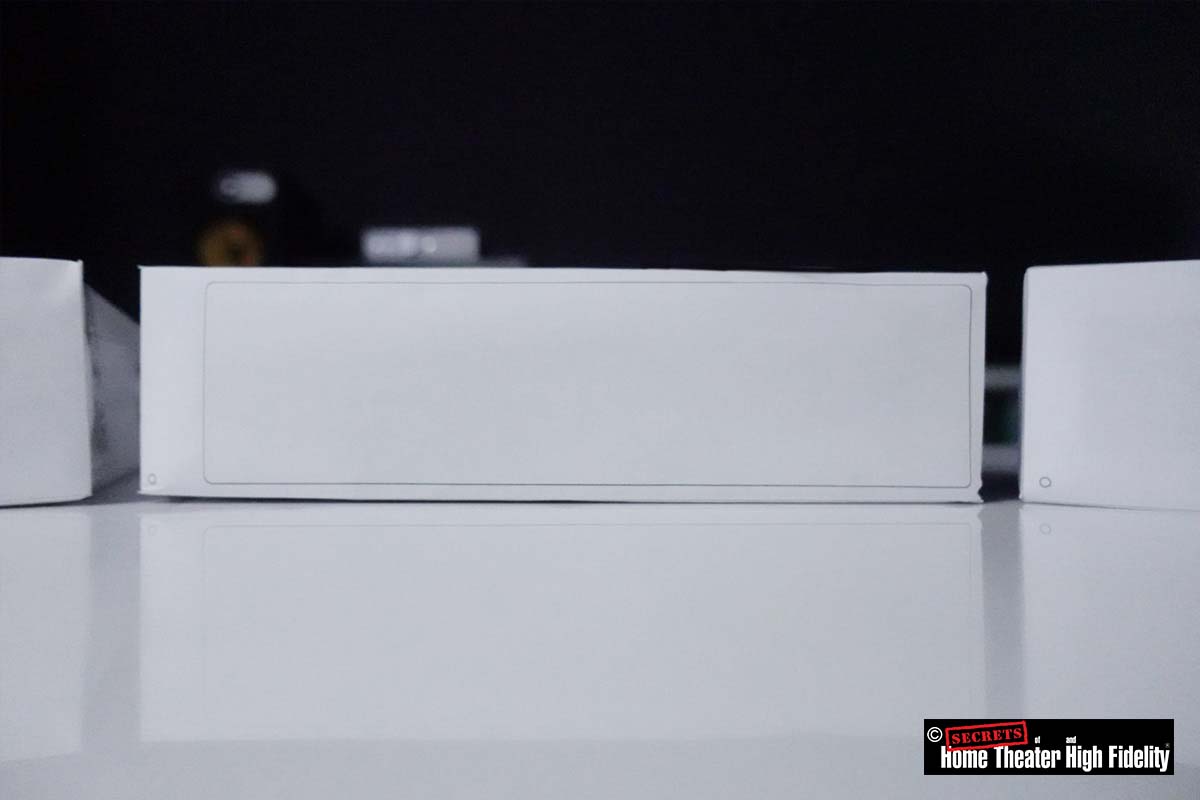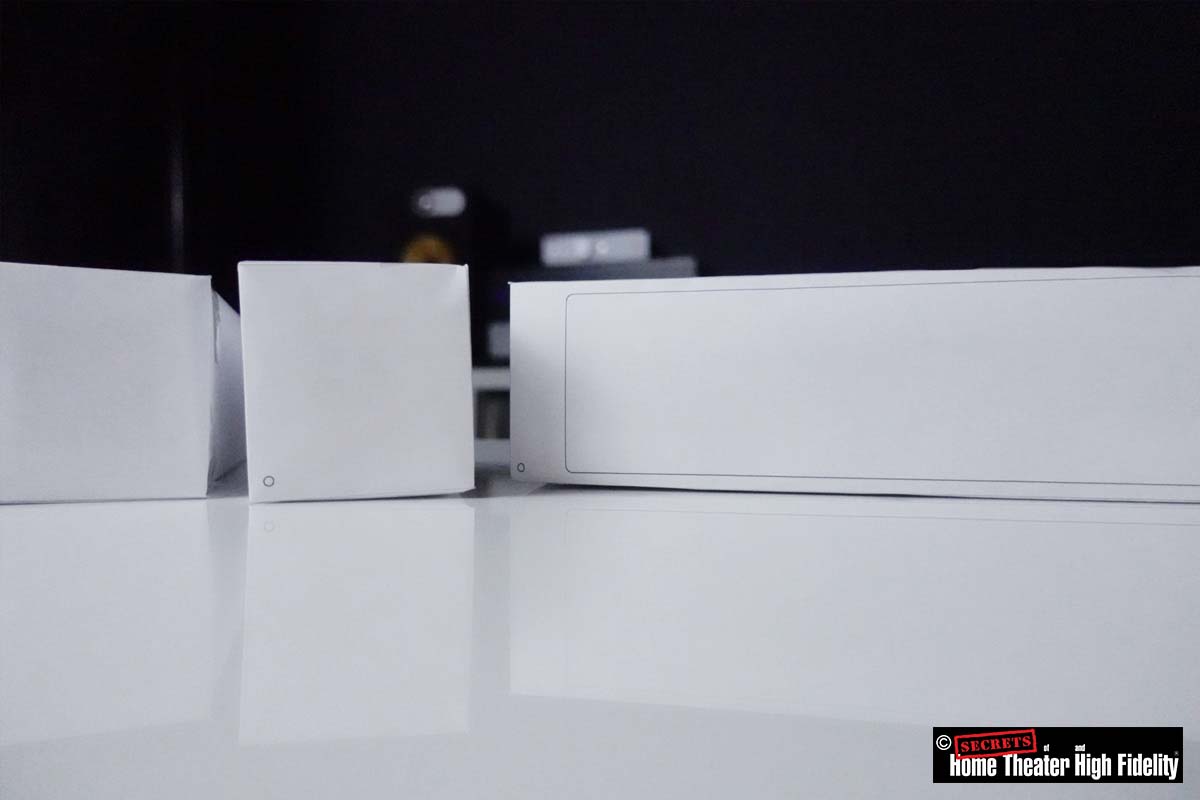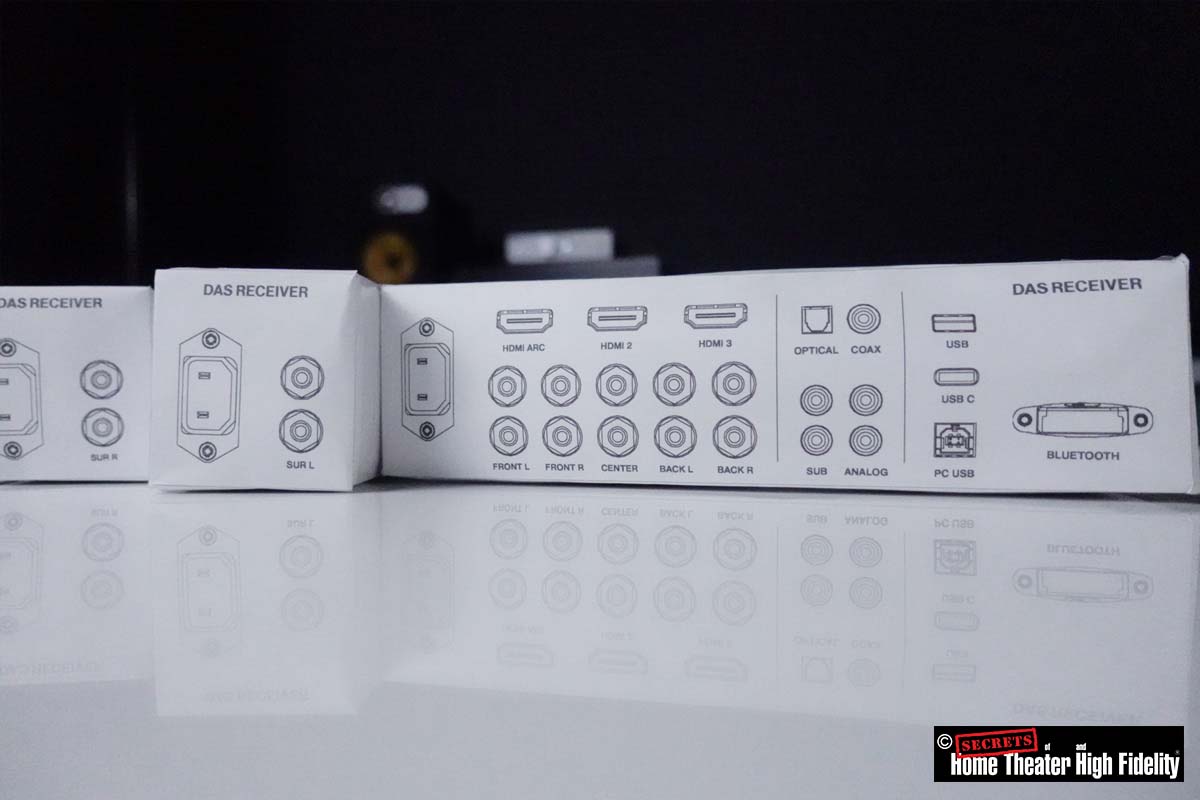Where the Heck are the Small A/V Receivers?
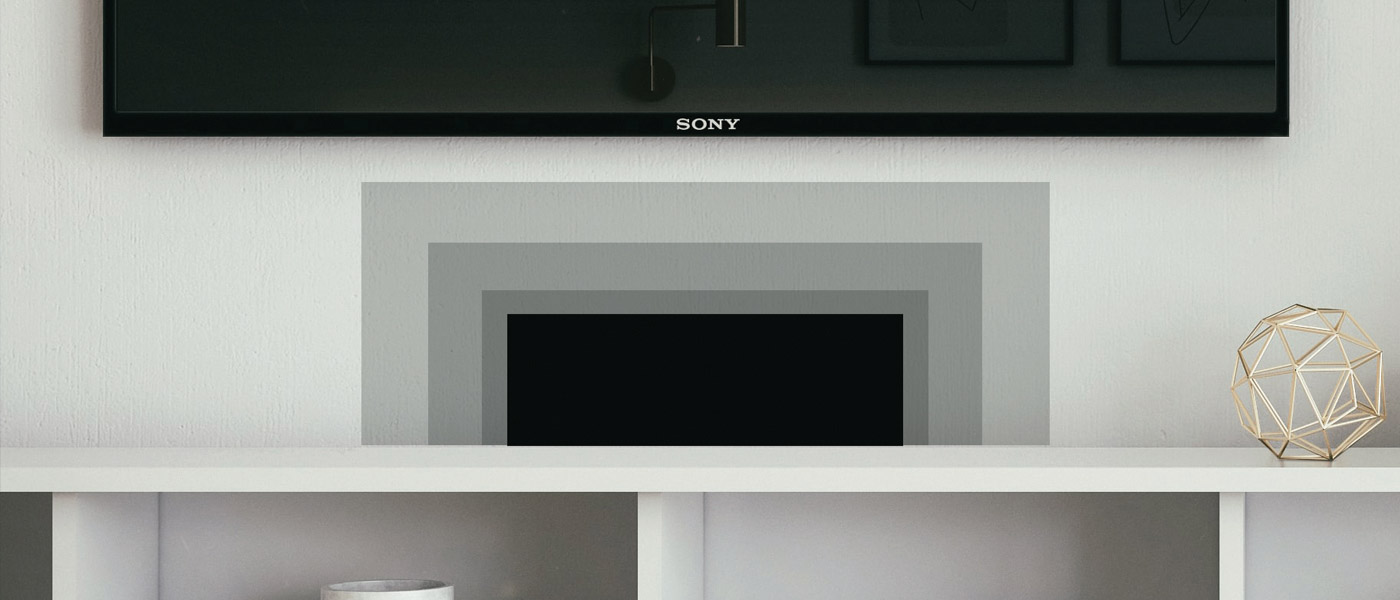
recently moved into a new home. In the family room is an existing feature-wall-built-in that is wired for 7 channel (channels 6 and 7 being for front height) sound. The built-in includes an electric fireplace, a spot for a flatscreen TV above, which can be shuttered with some clunky doors. On either side of the fireplace are low-doored cabinets with three shelves above. It’s a beautiful unit and is altogether pretty awesome until the home theater geek in me took a closer look.
- The depth. The center column is only 15″ deep. The depth of the cabinets and shelves is only 10″ deep.
- The speaker wires are thin gauge and were put in first before the built-in was finished around them. Making switching them out not possible for this “unhandy” man.
The shallow depth meant that my Marantz SR6009 receiver, while already one of the shallower depth A/V receivers on the market, is too deep. And that I had to start looking at speaker alternatives as the bookshelf options I have are all too deep. The latter point is less of a problem than the former.
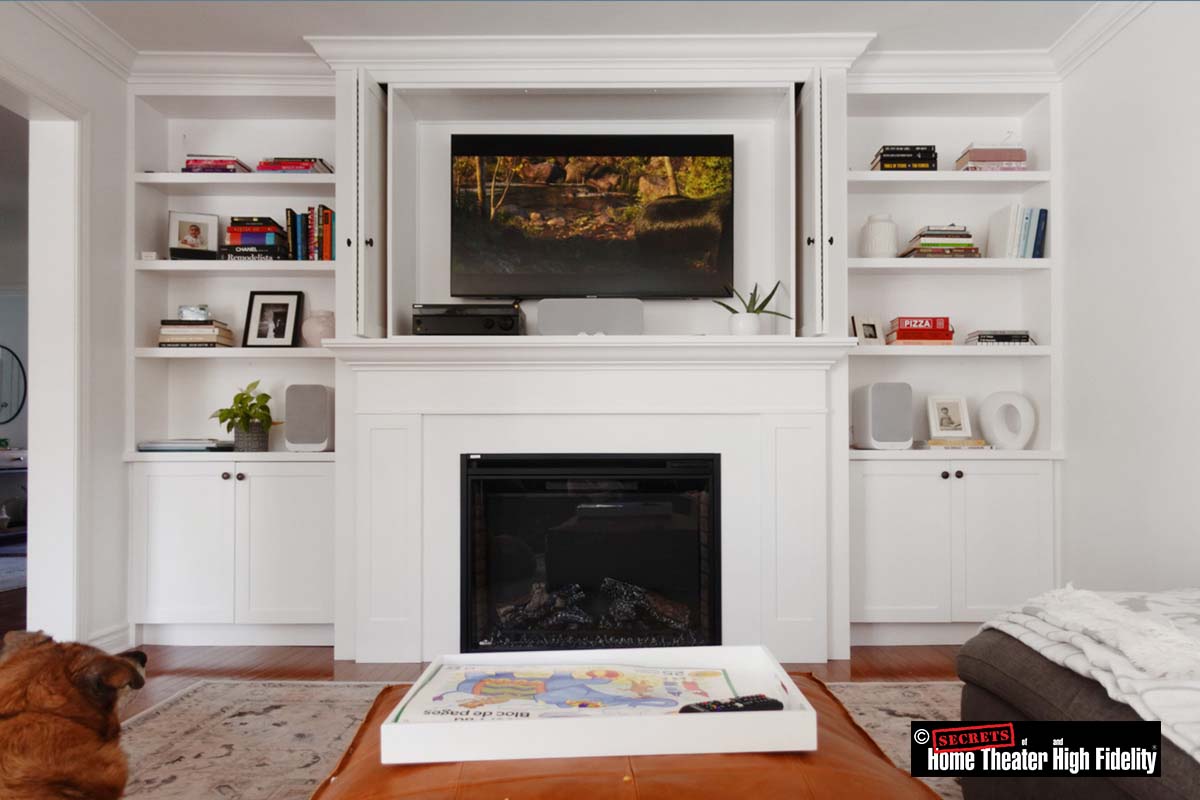
The Sony was priced drastically lower —$549 CDN—than the modern-day equivalent of my SR6009 the $2,699 Marantz SR6015. I bought my SR6009 in 2015 in open box condition for around $1,600. The sound from the Sony STR-DH790 is ok. It’s leaner, brighter, tinnier, and lacks the same oomph that I was conditioned to, from my Marantz. But I get it, you do get what you pay for, and I’m quite happy with the unit. It works flawlessly and sounds pretty darn good. Now, I just have to buy some surround rears, some front heights, and a subwoofer. I’m looking into wireless options for the sub and am doing my research for the most reliable and cost-effective option.
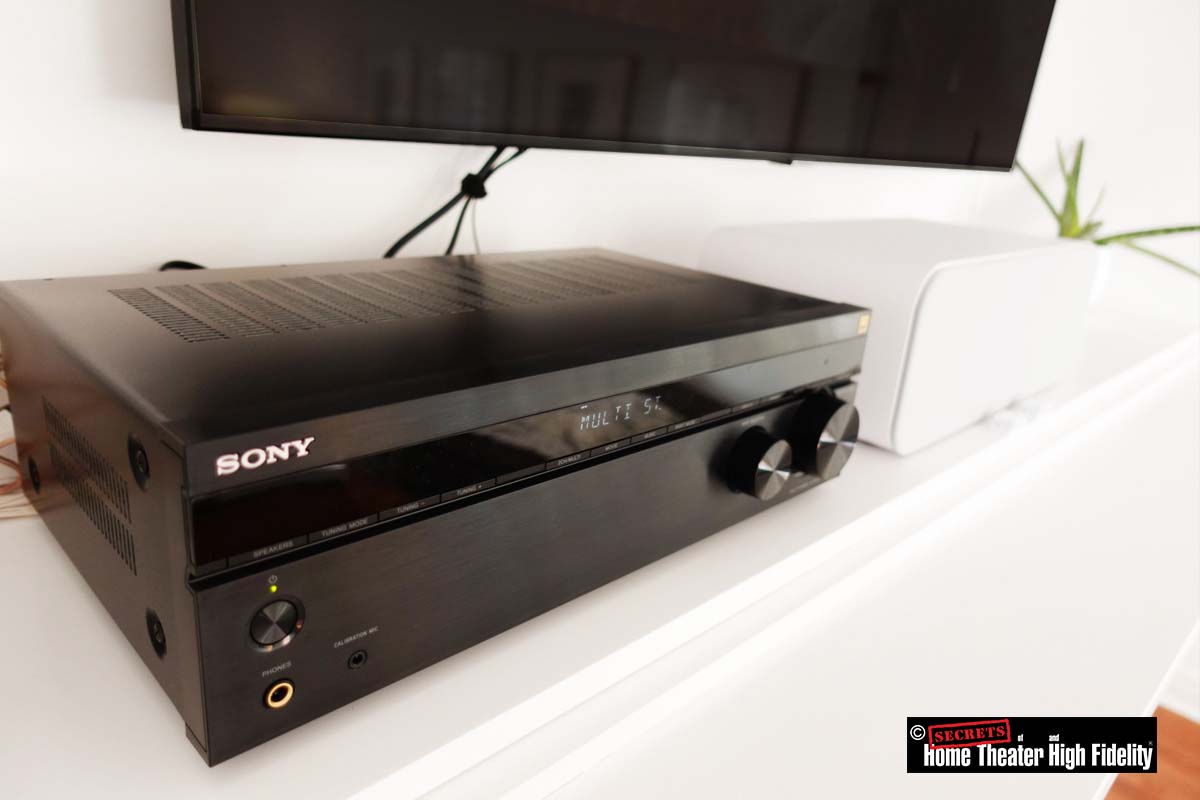
I mention Class D specifically, because being an intense kind of audio geek, I have been guilty of browsing Amazon for amplifiers priced under $400 Canadian. And wouldn’t you know, there is a slew of them. Brands like SMSL, Arylic, and Topping all have affordable mini HiFi amplifiers with endless options and configurations. Additionally, the wireless one-box music system has seen a bunch of advances and has gained lots of popularity as well, with Cambridge Audio jumping in with the YoYo series, Naim with their Muso, Bowers and Wilkins’ Zepplin, and a whole host of others, too many to mention. But no similar A/V choices.
It leads to the question. Why not? Now, I’m no engineer but from a fanboy-consumer perspective, it certainly looks like it’s possible. So here I am. Asking the A/V industry a relatively simple question: How possible is this? In researching for this article, I came across a very similar article written by Matthew Moskovciak for CNET entitled ‘How to save the A/V Receiver’ which covers a lot of what I’m talking about here. I nearly stopped writing this, and almost sent an email to my editors saying that I couldn’t continue with this article, as his article was so very similar to mine only, he had written it in 2013! So, this is hardly a new point of contention. But then I had an idea! A crazy idea of how to blow up the A/V receiver of today and make it more palatable to the modern consumer. So, I figured I’d keep writing to pitch my idea.

Does the A/V receiver of today need to be giant black plastic and metal behemoth? Taking off my ‘Home Theater Enthusiast’ hat and placing it to the side, I would have to say no, it doesn’t. To meet my current need, what I want is a good enough-sounding cinema experience that doesn’t cost an arm and a leg. One that doesn’t force me to have an unattractive furniture-sized box as the centerpiece of my living room. ***Though at some point in the near future, I will most definitely have a dedicated home theater room replete with the unruliest A/V gear I can afford. And no, I don’t care as much for how it looks but more for how great it sounds. *** I want a streamlined system for my living room that is not an eyesore but still provides great sound.
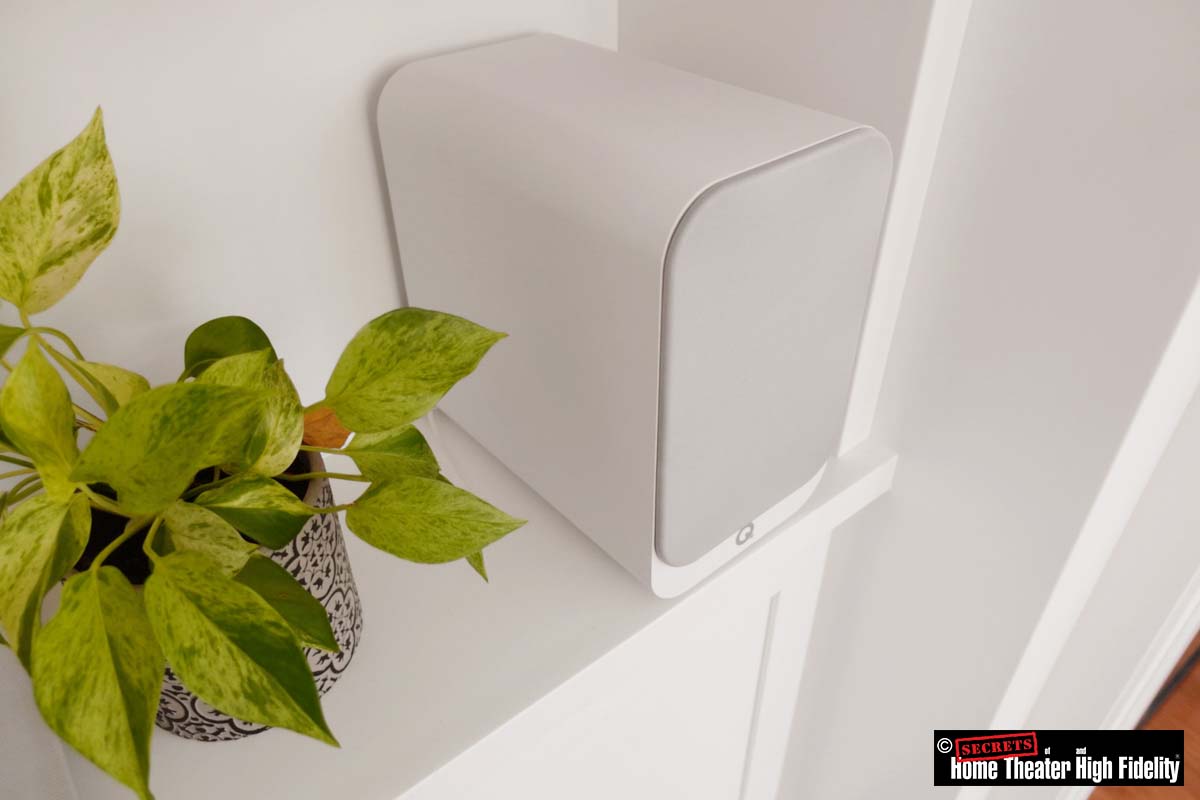
And I want it to be small.
Speaking of clutter. Let’s simplify things.
What if we nix all but the most important features and concentrate on the necessities? In this day and age, most smart TVs have all of the streaming and video functionality built-in. So why mirror that in a receiver? Also, I’m going to go out on a limb that the general consumer hasn’t used a Blu-ray player in a few years either. So, let’s do a spring cleaning of sorts:
- AM/FM tuner.
- Steaming services.
- Sound Modes.
- Component Audio and Video.
- All but one Analog input.
- All but 3 HDMI inputs.
- Starts with basic surround channels. 3 or 5 to start.
- Kill the Pre-outputs.
- Headphone jack.
- Trigger ins and outs.
- Internal power supply (yeah, I said it).
- Volume and selector knobs.
- Physical buttons on the front facia.
- The button-orgy parts bin remote.
Here’s what we should keep:
- Bluetooth & Wireless.
- PC USB.
- USB C.
- Network input (this could be done Apple style and built into the external power supply).
- HDMI ARC plus two others.
- A small selection of the most used surround formats.
- Room calibration Software.
- Speaker connections.
- Subwoofer outs.
- A streamlined remote.
- Full-color display on the front, or a simple dimmable set of lights?
two digital inputs (Optical/ Coaxial).
As for power, well how much do we need? A/V receivers are well known for fudged power numbers. To keep it small let’s assume that we’re going with Class D amplification. Class D amplifiers run more efficiently and don’t have large transformers and capacitors. Paul McGowan from PS Audio has in-depth videos on YouTube talking about Class D which are worth checking out if you’re interested in learning more.
Now let’s get all sexy.
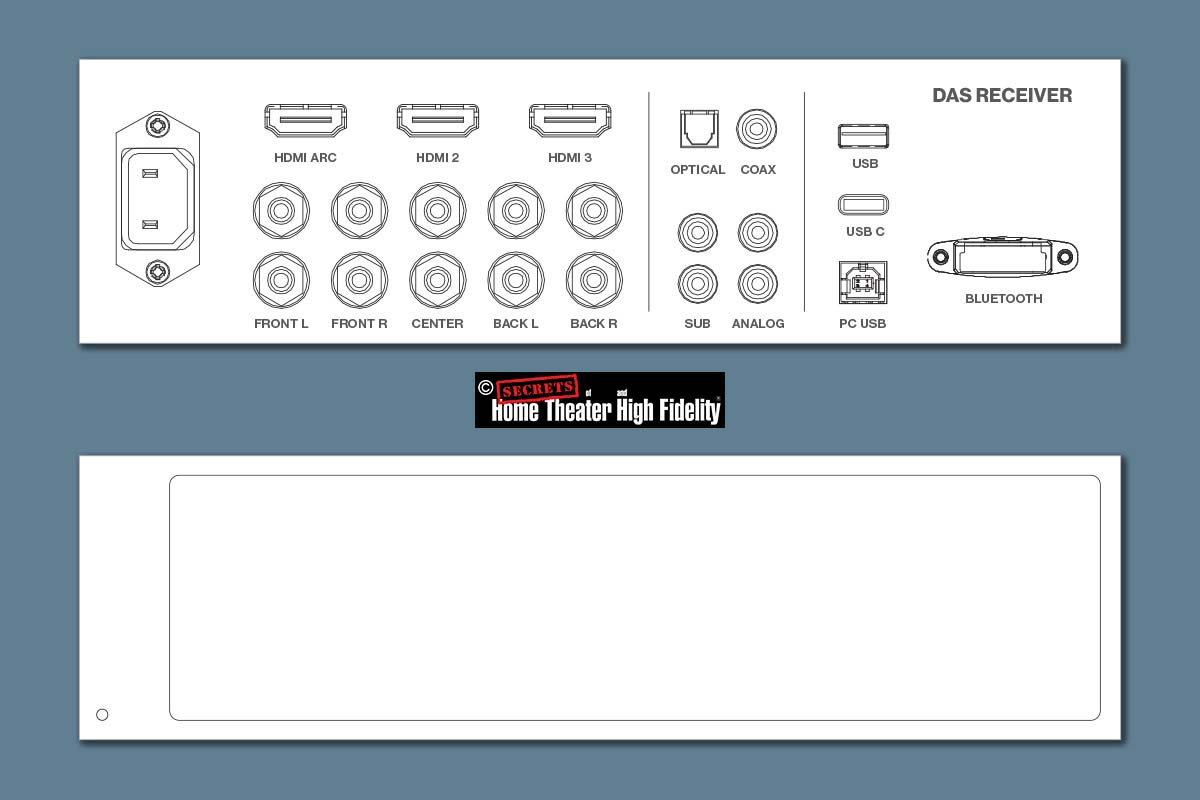
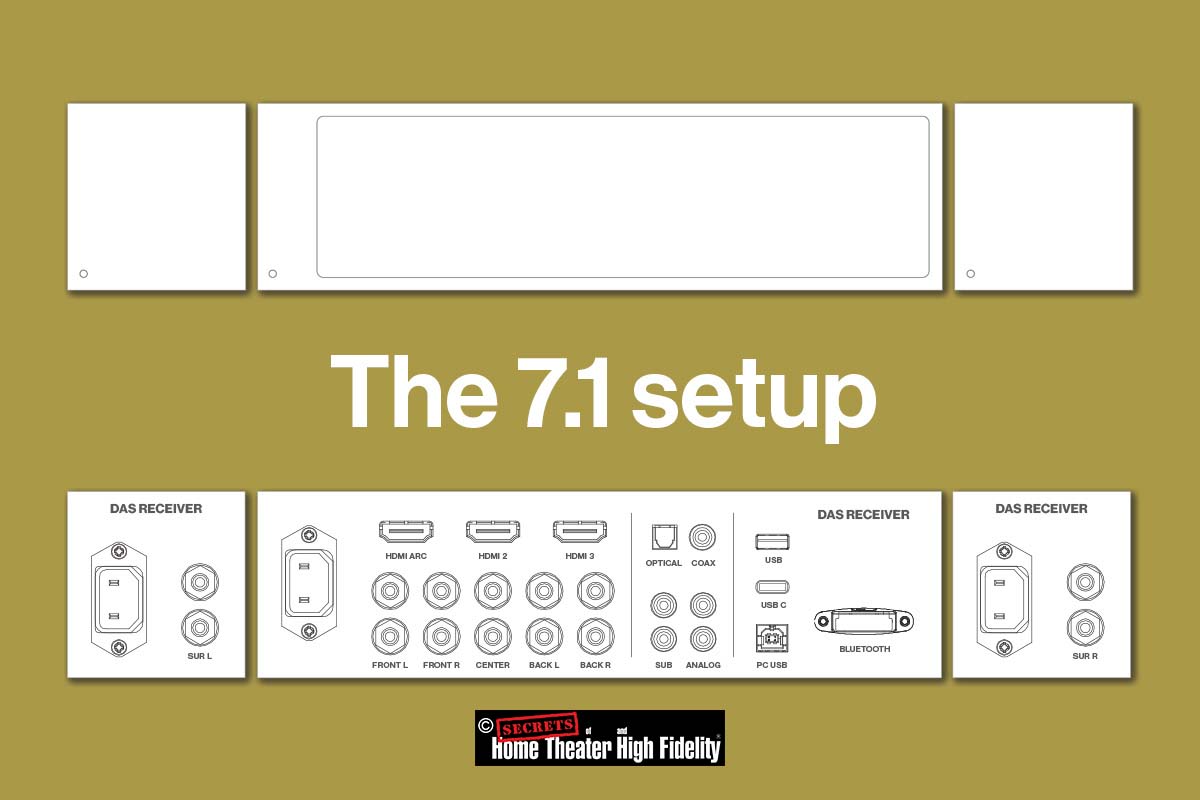
And then there’s that remote. A/V receivers of today come packaged with what I can only describe as an orgy of buttons. The only ones I use are power on and volume. Fortunately, the Sony that I recently bought has a small remote. But it still has buttons that I don’t use. Fluance has great remotes for their Ai Series of powered bookshelf speakers. They are simple, functional, and easy to use without looking once you get comfortable with them. This would be a good starting point for the new remote.
But wait. What about that idea? I can take it one step further. Let’s go modular!
